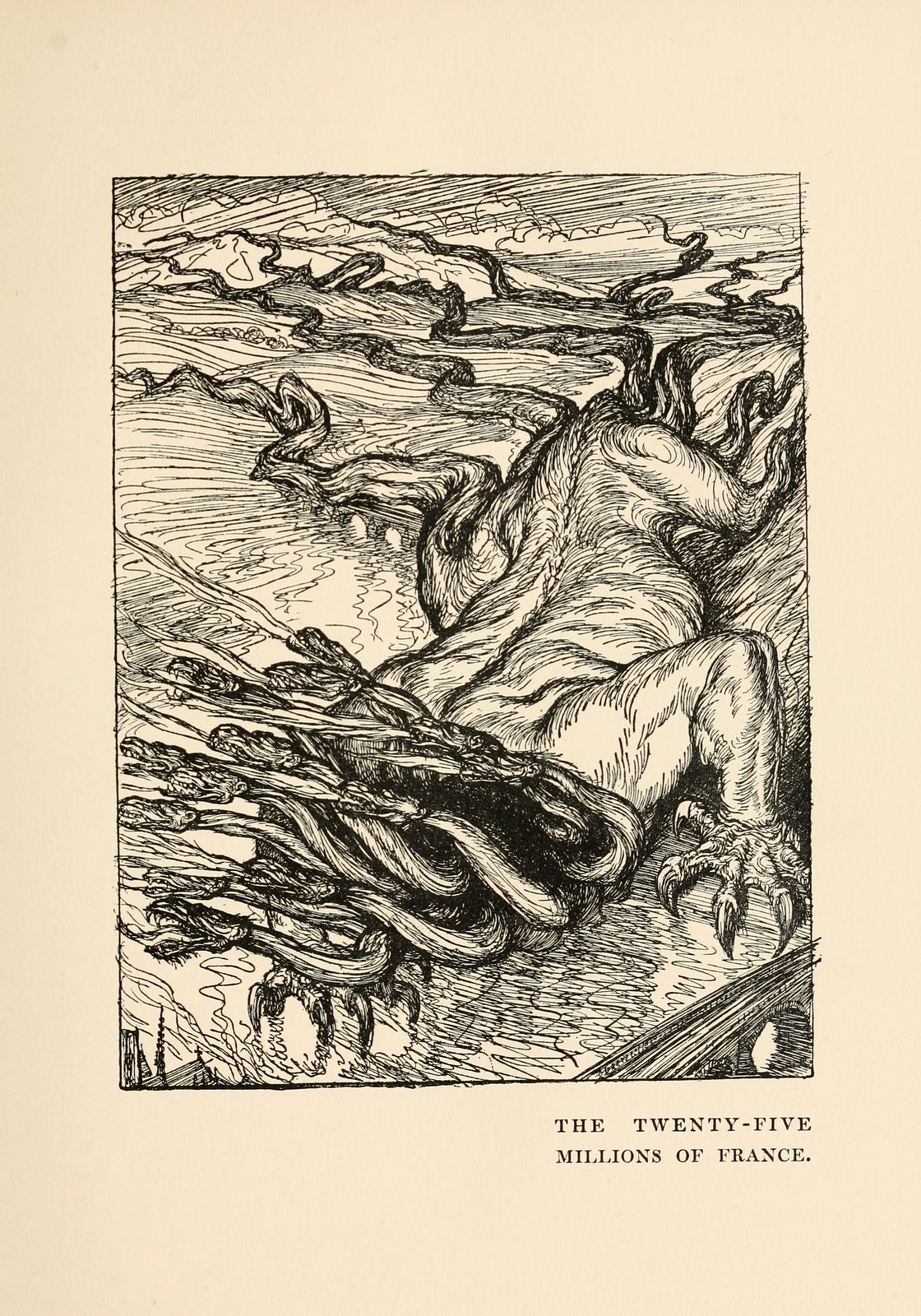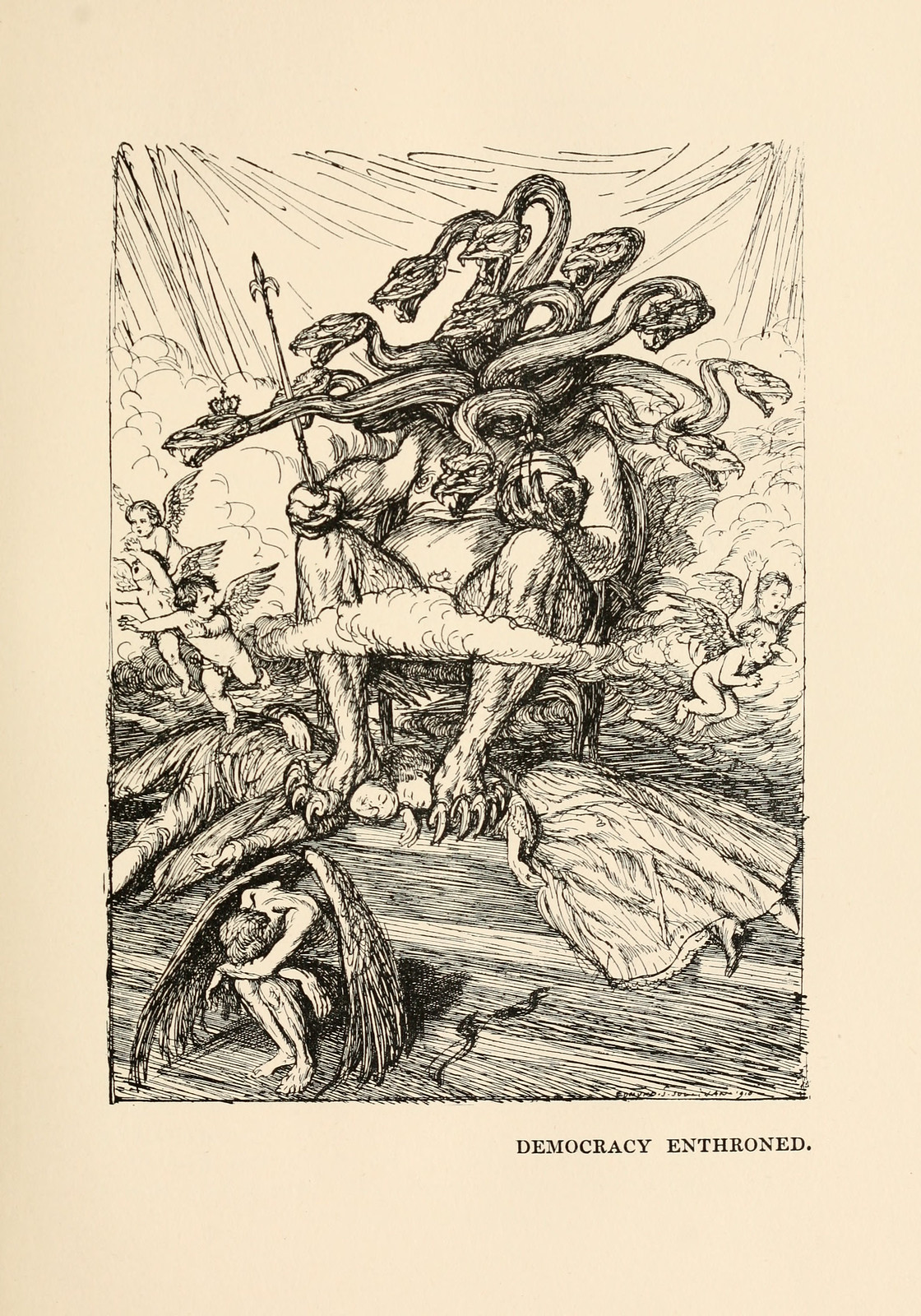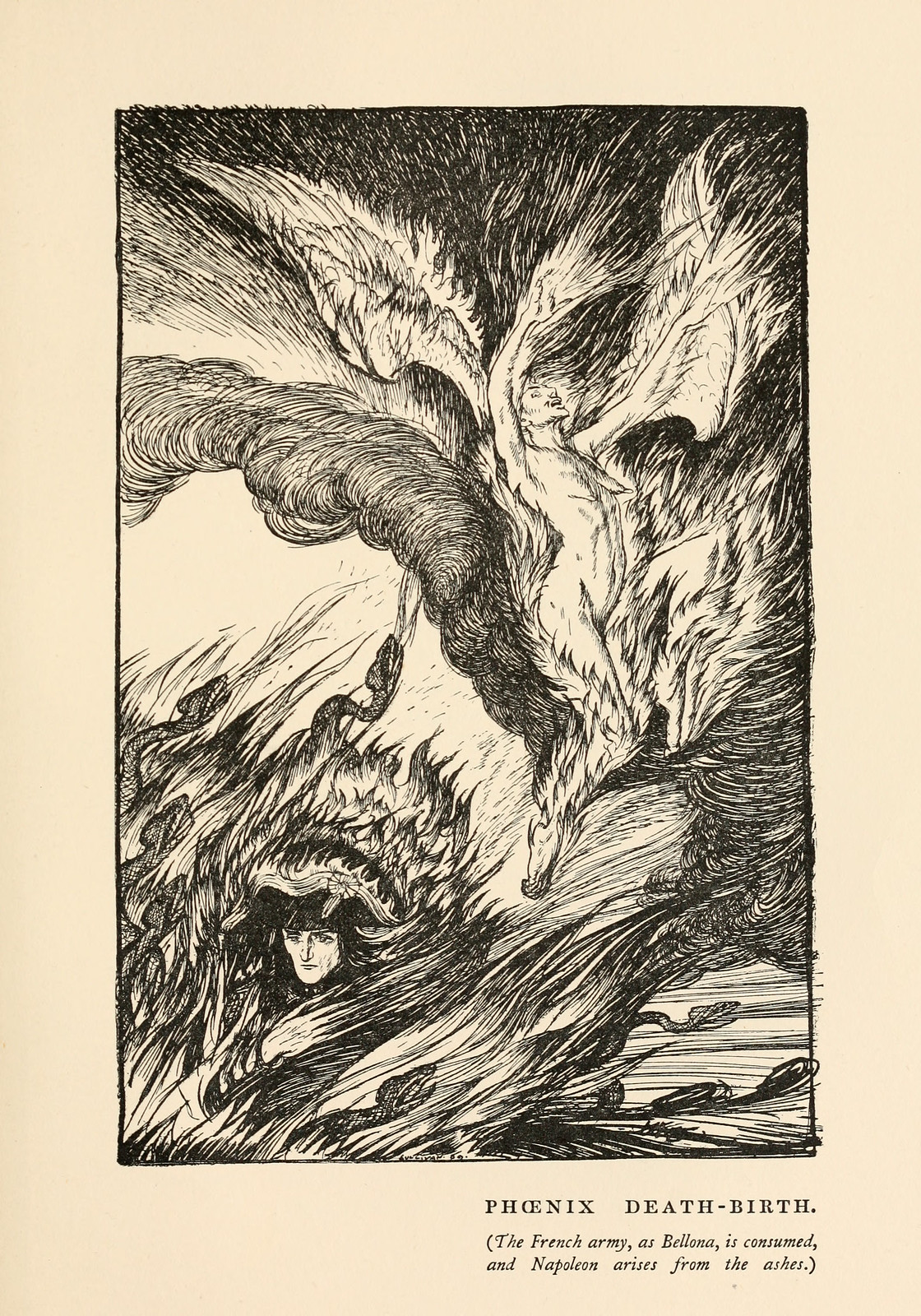Judge Dredd III
 Almost a quarter of century after Games Workshop published Judge Dredd: The Role-Playing Game, Mongoose Publishing would revisit the licence based upon the famous 2000AD titular character—the third time for the licence and the second time for the publisher. Mongoose Publishing had already released The Judge Dredd Role-Playing Game in 2002 for the then system de jour—the d20 System, but by 2009, the d20 System had run its course. In response, the publisher turned to another of its licences, its first edition of its version of the venerable Science Fiction roleplaying game, Traveller, to power its other licences, the results being the Universe of Babylon 5, Strontium Dog, and of course, Judge Dredd.
Almost a quarter of century after Games Workshop published Judge Dredd: The Role-Playing Game, Mongoose Publishing would revisit the licence based upon the famous 2000AD titular character—the third time for the licence and the second time for the publisher. Mongoose Publishing had already released The Judge Dredd Role-Playing Game in 2002 for the then system de jour—the d20 System, but by 2009, the d20 System had run its course. In response, the publisher turned to another of its licences, its first edition of its version of the venerable Science Fiction roleplaying game, Traveller, to power its other licences, the results being the Universe of Babylon 5, Strontium Dog, and of course, Judge Dredd.Like The Judge Dredd Role-Playing Game before it, Judge Dredd was published as a full colour hardback which contained the means to play in its milieu. Actually, it was published as a more colour hardback, for it does not make use of the black and white artwork which long graced the pages of 2000AD. Its setting remains a future America (and beyond) after a nuclear war which irradiated much of the Earth and forced most of the world’s population to live in a number of megalopolises—or supercities. Each is home to millions and millions living in great city-blocks, most of whom are unemployed and turn to hobbies, brand new trends or crazes, or even crime to keep themselves sane. The teeming masses are difficult to police and it takes a special dedicated individual, one who has trained for nearly all of his or her childhood to patrol and enforce the law in these great cities. These are the Judges, trained to be the best, armed with the best equipment, and ready to patrol the streets as combined policeman, judge, jury, and executioner. They enforce the law and do so fairly—and none no more fairly than Judge Dredd himself, a figure who is both authoritarian and an anti-hero, the most well-known and feared Judge in Mega-City One on the eastern seaboard of what was once the United States of America. On a daily basis, Judge Dredd has to deal with litterers and jaywalkers, slowsters and sponts, robbers and murderers, smokers and boingers, illegal comic book dealers and gangster apes, and even Judge Death from a parallel earth. Over the years, the Judge Dredd comic has presented a carnival of crazy crimes and criminals, certainly more than enough to provide a rich, bonkers background, just as it did for Judge Dredd: The Role-Playing Game when it was published in 1985 and then again for The Judge Dredd Role-Playing Game when it was published in 2002. However, Judge Dredd pushes the timeline on seven years to the year 2131 with the appointment Chief Judge Dan Francisco, a former Street Judge made famous by his starring in a twenty-four-hour reality television show following his exploits, who would reinstitute the anti-mutant acts.
Besides being from the same publisher, what both The Judge Dredd Role-Playing Game and Judge Dredd have in common is that they require core rules books to play. Being a d20 System supplement, Judge Dredd required the Player’s Handbook for Dungeons & Dragons, Third Edition, whilst Judge Dredd requires the Traveller rulebook to run and play. However, there are a number of major differences between The Judge Dredd Role-Playing Game and Judge Dredd. Notably, the former allows players to take the roles of citizens and perps (perpetrators) instead of Judges, enabling a very different, crime or resistance-driven campaign in Mega-City One, whereas the latter does not. At the beginning of the game, The Judge Dredd Role-Playing Game only allows players to create Street Judges and Psi-Judges, whereas in Judge Dredd, a player can create a Street Judge, a Psi-Judge, a Tek-Judge, or a Med-Judge. Where The Judge Dredd Role-Playing Game uses the spells of Dungeons & Dragons, Third Edition to model the psionic abilities of the Psi-Judge and threats capable of using psionics, Judge Dredd uses the Psionics rules and abilities of Traveller. Where The Judge Dredd Role-Playing Game uses the skills and Feats of Dungeons & Dragons, Third Edition to model both Player Character Judges and NPCs, Judge Dredd uses the skills of Traveller—though with a few new additions, and adds Feat-like abilities called Techniques. And where The Judge Dredd Role-Playing Game simply has a player roll his character’s attributes, assign skill points, and choose a Feat or two, Judge Dredd has a player roll his character’s attributes, and then take along a lifepath that tracks his time at the Academy of Law. The result is a Rookie Judge with a bit of a history and a background, rather than someone faceless and anodyne, which would result from the character creation rules in both Judge Dredd and The Judge Dredd Role-Playing Game.
A Judge is defined by six attributes—Strength, Dexterity, Endurance, Intelligence, Education, and Influence (see below). Of these, Influence, the measure of a Judge’s commanding presence when dealing with the innumerable criminals and perps of Mega-City One, is something that only Judges have. Normal NPCs do not have it and instead have Social Standing as they would in Traveller. A Judge does not have the Social Standing attribute. All are initially rated between two and twelve, but can go higher. To create a Judge, a player randomly generates his Judge’s attributes—except for Education and rolls on a series of tables for each of the four terms his Judge serves at the Academy of Law. Normally four years long, one of the terms is only three years long and the Judge also has to undertake the Hot Dog Run, mandatory trip into the Cursed Earth to test the cadet’s skills, tenacity and to educate him in the hellish wilderness beyond limits of the city walls, as well as Full Eagle Day, when the Rookie Judge spends a day on the streets with a seasoned Judge to see if he is suitable for graduation. A cadet enters the Academy of Law at age five and graduates at the age of twenty.
Tek-Judge Gagarin
Judge Gagarin’s technical aptitude was spotted during his second term and he was transferred into the Tek Branch during his third term, studying the Robot War in particular. He also passed the flight simulator course. However, despite passing his Hot Dog Run, Tek-Judge Gagarin returned with a case of Recurring Radiation Sickness.
Str 04 (-1) Dex 11 (+2) End 10 (+1)
Int 13 (+3) Edu 10 (+1) Inf 09 (+1)
Skills
Athletics (Co-ordination) 1, Athletics (Endurance) 1, Combat Engineering 1, Computers 2, Drive (Lawmaster) 1, Engineer (Electronics) 2, Flyer (Grav) 0, Gun Combat (Lawgiver) 1, Jack of All Trades 1, Law 2, Mega-City One 1, Geography 1, Mechanic 1, Melee (Unarmed Combat) 1, Space Sciences (Robotics) 2, Street Perception 1, Survival 1, Tactics 1
Special Techniques
Data Access, Jerry-Rig
Rules are also provided for creating more experienced Judges, but not civilians, and the Referee is advised to use the standard Traveller rules to create them—though of course, this would be without the benefit of any of the weirdness and wackiness to be found in Mega-City One. Nevertheless, the rules are creating a Judge are undeniably engaging and a whole lot more fun than in previous roleplaying games based on Judge Dredd, plus they help a player build a rapport with his Judge. The rules add a few new skills such as Combat Engineering and its Specialities of Fortifications, Camouflage, and IEDs and Mines, Gun Combat (Lawgiver)—which a Judge trains in exclusively, Law, Street Perception, and more. All of the new skill descriptions include examples of their use. Special Techniques—essentially the equivalent of Feats from the d20 System—are talents and abilities that give a Judge the edge over a perp. So Dead Halt enables a Judge to bring his Lawmaster or other vehicle to a sharp stop safely and under control, Formidable Presence grants a Judge the full weight of the law in his stance and attitude such that ordinary citizens are rooted to the spot in fear, and Rapid Aim enables a Judge to get a bead on a perp with incredible precision.
Mechanically, Judge Dredd uses the Traveller system. In general, this is a straightforward set of rules designed to handle Science Fiction settings. Which means it can handle technical aspects, like computers and vehicles as well as the action and the interpersonal. The first mechanic that Judge Dredd adds is that for making an arrest. To do this the Judge’s player makes an influence roll, aiming to get eight or more, modified by the Judge’s Influence modifier and the arrestee’s Desperation value. This ranges from minus six to plus six, any perp with a level of minus four or below prepared to do anything to escape, whilst at plus four and above, the perp is desperate to get arrested. The rule for handling arrests is accompanied by a guide to sentencing and the types of back-up and support a Judge can expect.
In terms of background information, Judge Dredd provides quite a lot. This covers not just the history of Mega-City One and a timeline, but also its transit systems, various types of habitat from city blocks and cardboard cities to Luxy-Blocks and the Jungle—home to genetically modified primates, and notable landmarks like the Big Smelly (concreted over Hudson River), the transported White Cliffs of Dover (complete with ‘genuine’ Brit-Citters including dancing chimney sweeps, singing academics, and Pearly Kings and Queens), and Moonray Tower from which lasers beam advertisements onto the lunar surface. Sport, leisure, and fun is also covered, as crazes, organisations, and more. Judge Dredd also provides a brief introduction to places beyond the walls of Mega-City one. Extensive equipment lists detail everything that a Judge would routinely carry on him or might have access to, whilst the rest will equip potential perps. This also includes numerous vehicles, but not spaceships, the Referee being advised to check out Traveller and High Guard for more information.
Psi Division and Psi-Judges get a chapter all of their very own. As with the rest of Judge Dredd, it expands upon rules given in the core Traveller rulebook. It adds Advanced Talents particular to the setting of Judge Dredd, for example Aura Perception and Energy Kinesis, but these are the least powerful. Dimensional Manipulation and Temporal Manipulation are powerful abilities in themselves, but they are also powerful in terms of narrative, able to affect the flow and status of a story during play far more than most other powers. However, such powers are rare and are not available during Judge generation. They are accompanied by some guidance on handling the effects and consequences of temporal travel. As powerful as psionics can be, their use is not without its consequences and psionic trauma can be suffered for overusing powers and psionic strength, and being exposed to mental or emotional stress. Suffer too much psionic trauma and a Judge may fall victim to mental instability or even insanity. The rules cover the potential effects of all of these as well the means to recover from them, plus a range of psionic equipment.
The Judge Dredd comic strip is of course known for the wonderfully weird and wacky nature of its perps, from the Angel Gang to Judge Death—and back again. Judge Dredd has rules for rolling up perps, as well as aliens and mutants, but the ‘Most Wanted’ list of classic criminals faced by Judge Dredd himself over the years is here kept to just a handful or two. And so few of them are actually illustrated. This is perhaps one of the more disappointing aspects of Judge Dredd as a roleplaying game.
For the Referee there is some decent advice on running campaigns and the types of crimes and story-arcs which work together, and in addition to the general background and the timeline, Judge Dredd includes a description of Sector 13, an individual sector of Mega-City One and its features. It pays particular attention to Sector 13’s seven major city blocks, two of which follow a heavy theme of twentieth century rock music—Jon Bon Jovi Block and Bruce Springsteen Block, both of whose citizens hate each other and typically war against the other using very loud music. The contemporary references of Judge Dredd are, of course, very contemporary to 2009, but many still work today. This takes the place of a traditional scenario in any other roleplaying game, but there are lots of details and roleplaying hooks which the Referee can develop into running a campaign of her own in Sector 13.
Physically, Judge Dredd is well presented and as expected uses a full colour artwork drawn from the comic strip. It is not always the most evocative artwork and it often feels a bit dark. The other issue with the presentation is that although there is a map of the world inside the front cover, there are no other maps in the book. So no map of Mega-City One and no map of Sector 13. To some extent, the map for Sector 13 is not quite as important as that of Mega-City One, primarily because the geography of Sector 13 is not as tightly defined, and the Referee can easily create it if necessary.
If there is a disappointment to Judge Dredd, it is in its treatment of the criminals and perps that are fundamentally intrinsic to the setting, their lack of entries just feeling mean-spirited. Similarly, the lack of illustrations for the criminals and perps who are included feels the same way and is actually unhelpful for the Referee. Yet as a consequence of using the Traveller core rules, Judge Dredd feels far more competent in handling the technical aspects of the setting—vehicles and vehicle combat, psionics, and more, than the previous iterations of roleplaying games based on Judge Dredd. Similarly, whilst character generation feels technical in nature, the process is actually fun, and it produces Judges who are both competent and possess a degree of backstory that a player can bring to the roleplaying of his Judge. Judge Dredd may not have quite the charm of Games Workshop’s Judge Dredd: The Role-Playing Game, but it definitely has more character than Mongoose Publishing’s earlier The Judge Dredd Role-Playing Game, and the technical efficiency of its design makes it playable and engaging.
















































